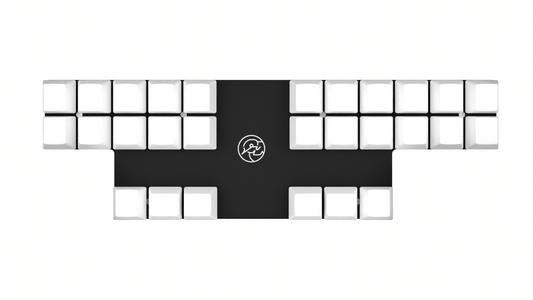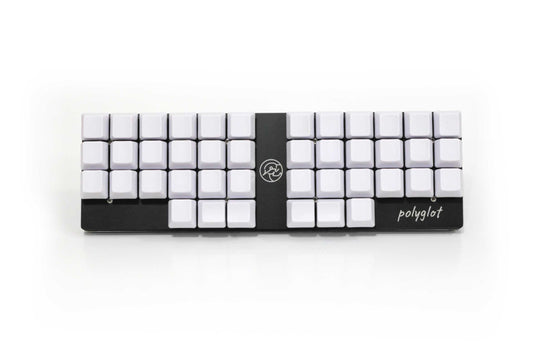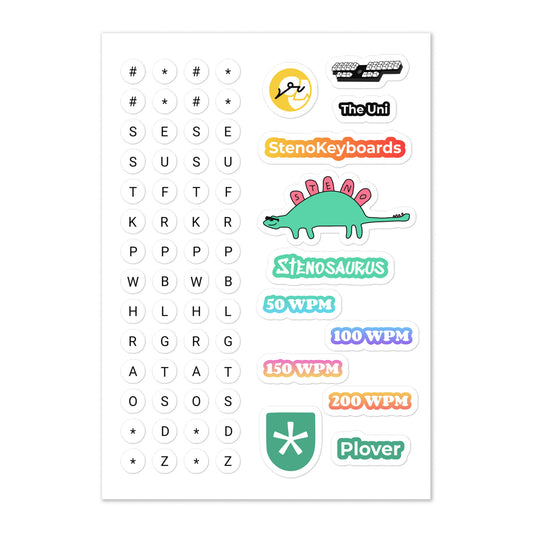Do you want to learn how to type faster than 200 words per minute? Here, I will go over how you can start learning stenography for free at home.
Traditionally, learning stenography used to be expensive, and only available at specialized schools with specialized hardware with specialized software. Now, stenography is cheaper than ever and you can learn at home for pretty much free!
You may have heard of stenography from learning about court reporters who can type 200 to 300 words per minute. You may have heard of stenography from watching videos on the internet about it. If that is you, you have come to the right place.
There are two things you need to learn stenography. Plover and a keyboard.
Plover
Plover is the free and open source stenography software that allows you to do stenography on your computer. Before Plover came around, the only way you can do steno is if you bought expensive stenography software that can cost more than 5 thousand dollars. In contrast, Plover is free! You can download it here: Plover Installation Guide
A keyboard
There are many keyboards to choose from, but let's start with the most simple one: yours.
Yes! The keyboard you have right in front of you can probably do steno.
Once you have Plover set up, you can enable it and start using your regular keyboard as if it was a steno keyboard. The conversion looks like this:

If you start pressing random keys, you will start getting gibberish out. But watch out, you might not get the gibberish you are used to.
Learning
If you want to actually learn how to make meaningful words with stenography, you can head over to ArtofChording.com where it will teach you starting from the basics. You can start writing words from day one.
Limitations with a regular keyboard
Quickly, you will realize that a normal keyboard will not work for certain strokes. Strokes that are more than 6 characters long may not register if you are using a 6-key-roll-over keyboard. Stenography requires you to press multiple keys at once, which means you need an NKRO (n-key-roll-over) keyboard. NKRO just means that it can detect up to n-number of key presses. 6-kro means your keyboard can only detect up to 6 keys at once.
Most mechanical keyboards have NKRO. However, even mechanical keyboards have their limitations. Because mechanical keyboards are staggered, it is not ideal to use them for stenography. Ortholinear layouts are far better for doing stenography because you can press two keys at once with finger more easily. Mechanical keyboards also tend to have switches that are too heavy for stenography. 40 grams or above is the industry standard. But 40 grams is too heavy when you're pressing multiple keys at once, and it will quickly wear out your wrists.
So the best keyboard for stenography is a dedicated stenography keyboard. I highly recommend upgrading to either the Uni, Polyglot, or the Asterisk if you want to seriously consider learning stenography for the long term. You can check out the keyboards here: StenoKeyboards
Conclusion
Learning stenography is incredibly fun and rewarding. You get to increase your typing speed to inhumanly fast levels with improved ergonomics. Stenography used to be an esoteric skill that only the select few who chose this as a career path got to learn. Nowadays, it's amazing how anyone can just get started for free at home. All thanks to the open source community.




